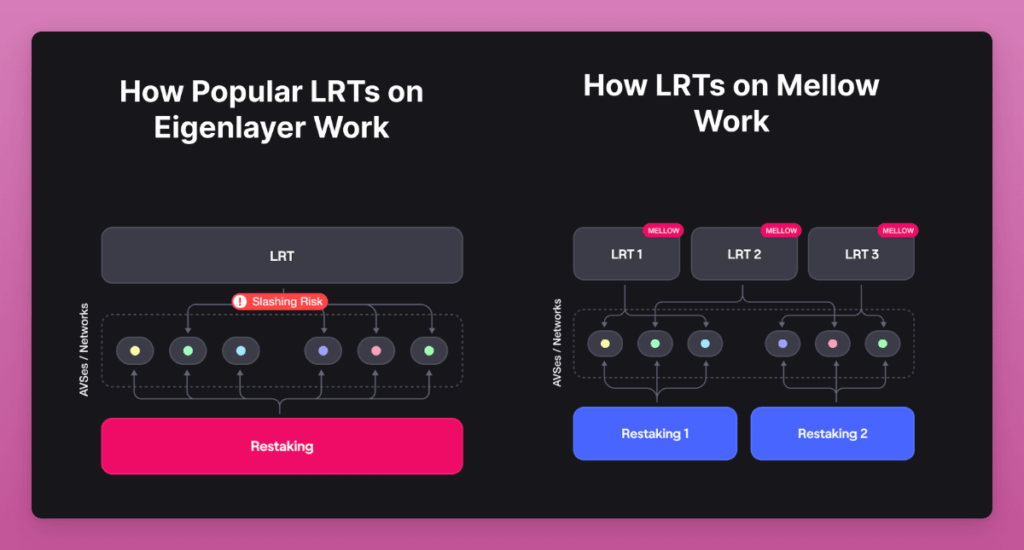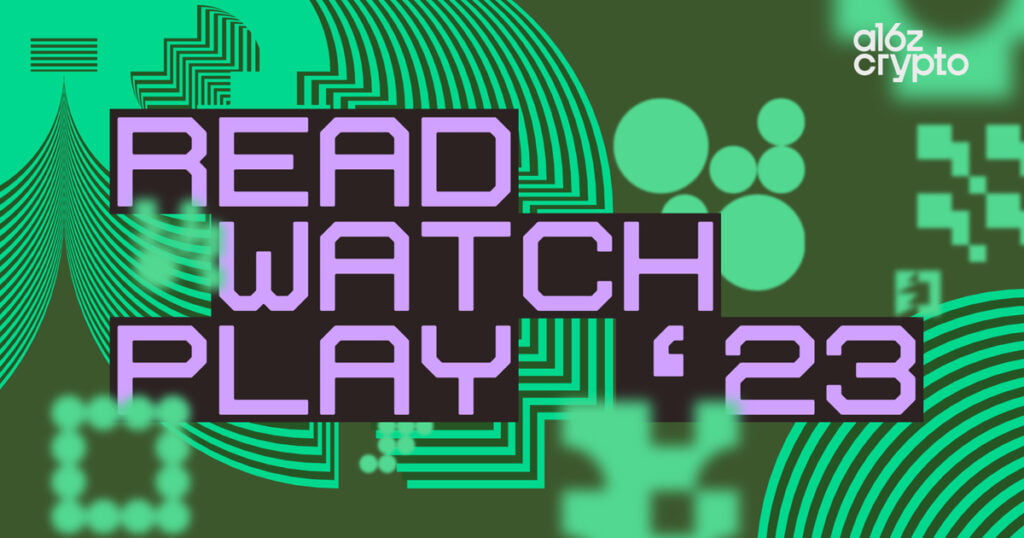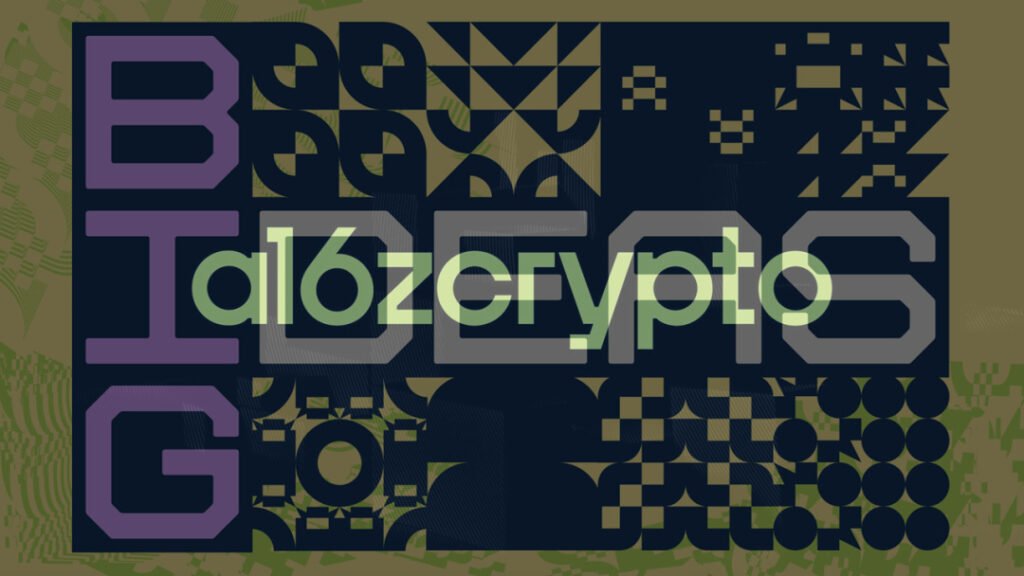Research Summary
The report discusses the introduction of Lasso and Jolt, developments that have the potential to improve SNARK prover performance and auditability. Using the sum-check protocol, these innovations challenge current SNARK design frameworks, offering more efficient and modular solutions. The report further delves into D&P’s adoption of the Ligero/Brakedown commitment scheme, in an attempt to accelerate SNARKs. The report highlights that these advancements call for changes in how SNARKs are perceived and constructed.
Key Takeaways
Introduction of Lasso and Jolt
- Lasso and Jolt Unveiled: Lasso and Jolt have been introduced as promising solutions to improve the performant and auditable aspects of SNARKs. Lasso offers a lookup argument with a faster prover, while Jolt provides a new direction for designing zkVMs.
- Utilization of the Sum-Check Protocol: Both Lasso and Jolt employ the sum-check protocol to minimize data commitment and boost SNARK prover performance, signaling a shift from traditional SNARK design paradigms.
D&P’s Adoption of Ligero/Brakedown Commitment Scheme
- Commitment Scheme Modification: D&P has modified the existing Ligero/Brakedown commitment scheme to create “Binius.” This revised scheme allows a prover to pay by bit for each committed value, leading to accelerated SNARKs.
- Impact on Lasso-Based SNARKs: In SNARKs based on Lasso, the values assigned by the prover are primarily small, with a bit-complexity ranging from 0 to 2, which adds to the efficiency gained from D&P’s commitment scheme.
The Significance of Recursive Application of SNARKs
- Enhanced Feasibility: Faster SNARKs for hashing can eliminate difficulties associated with recursive application of SNARKs using Ligero/Brakedown, making the recursive application more feasible.
- Optimization of Recursive Proving: Optimizing Ligero/Brakedown for the runtime of the recursive prover, as opposed to proof size, can further expedite recursive proving. The report suggests that combining Lasso and Jolt with the recursive application of D&P’s commitment scheme can further enhance performance.
Utilizing Sum-Check Protocol for Minimizing Commitment Costs
- The Role of Sum-check Protocol: The sum-check protocol uses multiple rounds of interactions and multivariate polynomials to minimize commitment costs for the prover in order to reduce cryptographic operations within the commitment scheme.
- Need for Changes in Polynomial IOPs: D&P’s work highlights the need for changes in polynomial IOPs and polynomial commitment schemes, calling for sum-check-based polynomial IOPs to minimize the amount of data that the prover commits to.
Jolt’s Potential for the Future of SNARKs
- Jolt’s Design and Optimization: Jolt simplifies the design and optimization process for zkVMs by using a simpler specification of each primitive instruction’s evaluation table, making SNARK-based systems more auditable and secure.
- Jolt’s Modularity and Generic Architecture: Features such as easy swapping of fields and polynomial commitment schemes are reported to be a part of Jolt. Its generic architecture reduces bugs while increasing system audibility.
Actionable Insights
- Expanding on Lasso and Jolt: There is value in conducting further research on the potential of Lasso and Jolt to minimize data commitment and enhance SNARK prover performance.
- Optimizing Commitment Schemes: Exploring ways to optimize commitment schemes, like D&P’s approach, might lead to faster SNARKs and improve overall system efficiency.
- Further Evaluation of Recursive SNARK application: The application of recursion shows potential for lifting prover performance in SNARKs. Understanding its application and implications could unlock significant performance gains.
- Exploring the Sum-Check Protocol: The sum-check protocol has shown considerable promise in terms of cost reduction and performance enhancement. Studying the sum-check protocol and its application could provide more in-depth insights into making SNARKs more scalable.
- Investigating Jolt’s System Architecture: Jolt’s system architecture is indicative of a simplification in design and optimization processes for zkVMs. Examining this modular and adaptable architecture could yield vital insights for enhancing auditability and security in SNARK-based systems.








